Veggie Selections - Cross Post
estreya
15 years ago
Related Stories

FARM YOUR YARDHow to Build a Raised Bed for Your Veggies and Plants
Whether you’re farming your parking strip or beautifying your backyard, a planting box you make yourself can come in mighty handy
Full Story
EDIBLE GARDENSHow to Grow Your Own Sweet Summer Crops
This guide will help any gardener get started on growing the freshest warm-season veggies and berries for summer
Full Story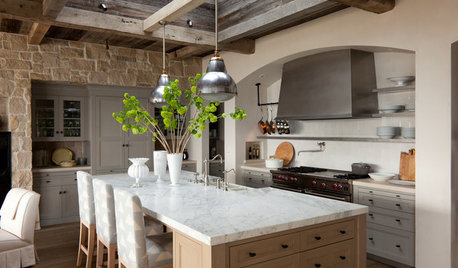
KITCHEN DESIGNHouzz Quiz: What Kitchen Countertop Is Right For You?
The options for kitchen countertops can seem endless. Take our quiz to help you narrow down your selection
Full Story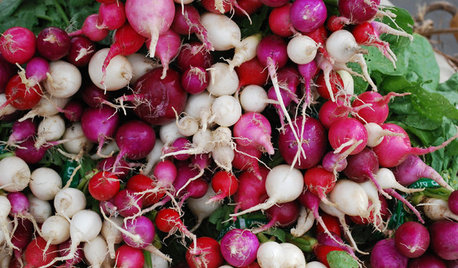
COOL-SEASON CROPSCool-Season Vegetables: How to Grow Radishes
Fast growing and bright, these easy-care veggies are great for kids and bring plentiful color to a fall or spring garden
Full Story
FARM YOUR YARDHouzz Call: Show Us Your One-of-a-Kind Chicken Coops
Do you have a fun or stylish backyard shelter for your feathered friends? Post your pictures and stories in the Comments!
Full Story
EDIBLE GARDENSHouzz Call: What Did You Grow This Summer?
Let’s celebrate the homegrown fruits and vegetables of the season. Post your pictures and tell us about your harvest
Full Story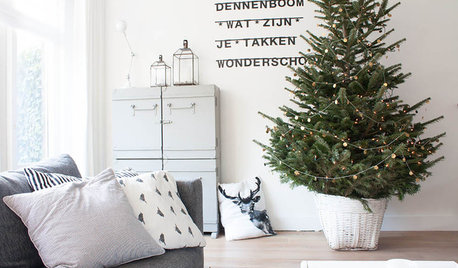
HOLIDAYSHouzz Call: Show Us Your Christmas Tree!
How lovely are your branches? Post a picture and share your stories
Full Story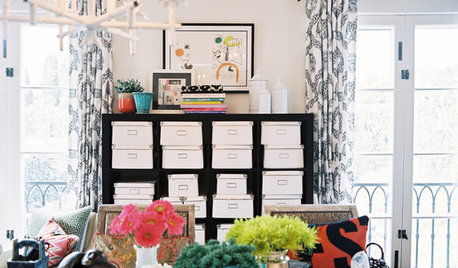
HOME OFFICESOrganize Photos in a Flash
You post them, email them, maybe even print them out. But if your digital and printed photos are all lumped together, it's time to organize
Full Story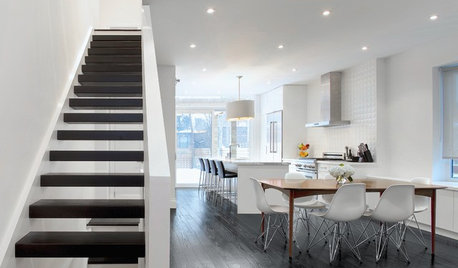
HOUZZ TOURSMy Houzz: High End Meets Budget Friendly in Toronto
Splurging selectively and saving elsewhere, a Canadian family gets a posh-looking home that matches their vision
Full Story
COLORBest Uses for the Saturated Blue Color of 2015
Kelly-Moore’s selection is a classic shade of blue worthy of chunky accents around the home
Full StoryMore Discussions









larry_gene
hemnancy
Related Professionals
Saint Louis Park Landscape Architects & Landscape Designers · West Chester Landscape Architects & Landscape Designers · Springfield Landscape Contractors · Bound Brook Landscape Contractors · Bristol Landscape Contractors · Longmont Landscape Contractors · Oakland Landscape Contractors · Pine Hills Landscape Contractors · Waltham Landscape Contractors · Whittier Landscape Contractors · Merrifield Landscape Contractors · Agoura Hills Fence Contractors · Berkeley Fence Contractors · Carlsbad Fence Contractors · Laguna Hills Fence Contractorspepperdude
estreyaOriginal Author
larry_gene
estreyaOriginal Author
seabeckg
pepperdude
larry_gene
gardinator